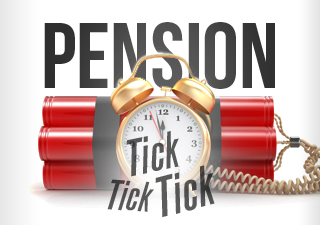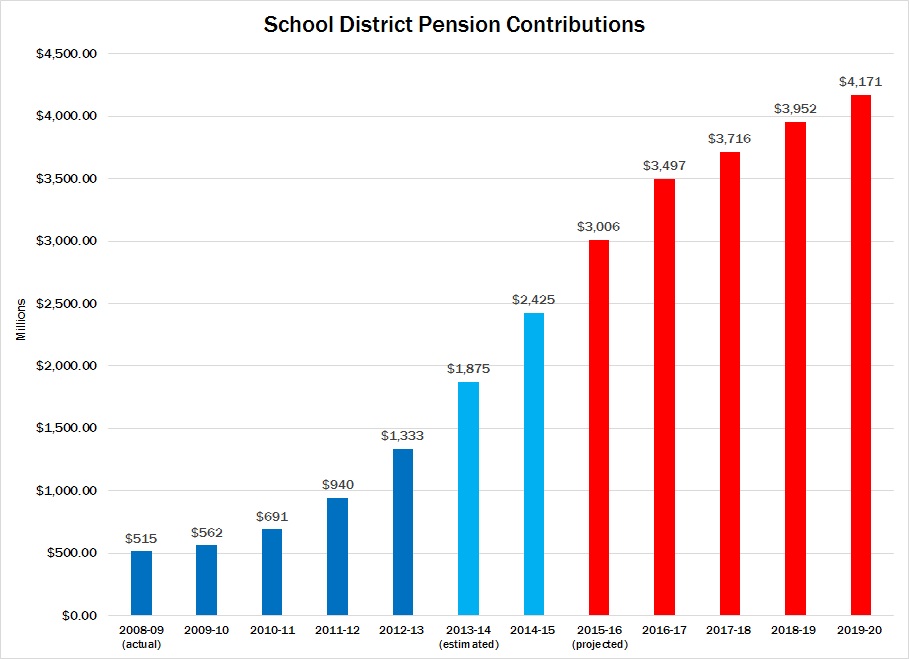Media

How Much are Pension Costs Affecting Schools?
My colleague Katrina has an op-ed in The Patriot-News today explaining the gravity of the state pension crisis and why action needs to happen now.
As Katrina points out, pension costs are the primary cause of property tax increases. Under Act 1, school districts must seek voter referendum to increase taxes above an index tied to inflation—unless they get an exemption from the state Department of Education. Those exemptions are limited, but over the past five years, 98 percent of school districts that received exemptions for tax increases cited pension costs.
| Act 1 Property Tax Increase Exemptions | |||||
| 2010-11 | 2011-12 | 2012-13 | 2013-14 | 2014-15 | |
| Total School Districts with exemptions granted | 133 | 228 | 197 | 171 | 164 |
| Total with exemptions for pension contributions | 128 | 221 | 194 | 169 | 163 |
| Pension Percentage | 96.2% | 96.9% | 98.5% | 98.8% | 99.4% |
| Source: PA Department of Education | |||||
Why are pension costs driving up school property taxes?
Pennsylvania’s two pension systems have a combined $50 billion unfunded liability, or debt ($32 billion for the pension system covering school employees). This debt was created by a combination of factors: increasing benefits in 2001; delaying payments in 2001, 2003 and again in 2010; and stock market losses.
Under Act 120, lawmakers voted to delay (by phasing in) higher pension contributions. As a result, school districts have already seen a massive increase in costs, and the problem will continue to get worse.

School districts’ pension contributions rose from $515 million in 2008-09 to an estimated $2.4 billion this school year, a $1.9 billion increase. To put that in perspective, the increase comes to more than $600 per homeowner in Pennsylvania. Or put another way, the increase represents the salary (using the state average of $63,000) of more than 30,000 teachers.
In the next five years, the projected increase will be just as painful. School districts will have to pay an additional $1.7 billion annually to pay off our pension debt. That increase is another $550 per homeowner, or the salaries of 27,000 teachers.
And that is merely the impact on school districts. Meanwhile, pension costs for state workers are going up by almost the same rate, and local governments face their own pension crises.
Those costs will be borne by some combination of higher taxes, cuts in other programs, and layoffs. But it is hard to understate just how significant this crisis is to homeowners, teachers, students, and taxpayers.